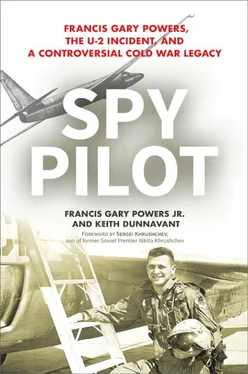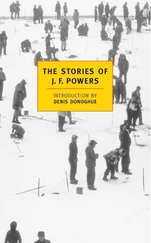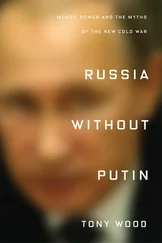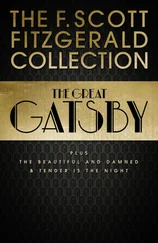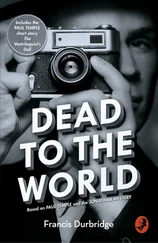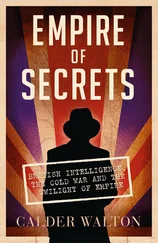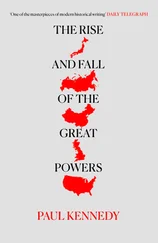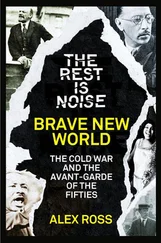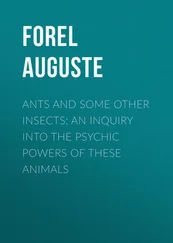Educated as an engineer at the University of Michigan, Johnson happily accepted a job as a tooler, earning $83 per month during the depths of the Great Depression, just to get his foot in the door at the still-nascent Lockheed Aircraft Corporation, which had been bought out of bankruptcy by a group headed by Robert Gross. He quickly rose through the ranks, solving a critical aerodynamic problem with the Electra, one of the most successful airliners of the first era of commercial aviation, and designing the Hudson bomber for the British, famously reworking the blueprint to satisfy his clients during a lost weekend in a London hotel.
“Kelly was very smart and very driven,” said Pete Law, one of his longtime engineers. “He was the sort of man who figured out a way to get things done, regardless of the obstacles.”
By 1943, his P-38 Lightning was playing a significant role in the Pacific War, demonstrated by US Army Air Force Major Richard Bong’s forty kills. With the military in desperate need of new and more powerful aircraft, the thirty-three-year-old Johnson cast a large shadow at the fast-growing aircraft company headquartered at the Burbank Airport.
With word leaking out about the Germans developing the world’s first jet-powered aircraft, the Messerschmitt ME 262, which everyone recognized as a potential game changer in the skies over occupied Europe, Johnson landed a contract with the Pentagon to build America’s answer. Understanding the stakes and the need for performance and secrecy, he convinced Robert Gross, the Lockheed chairman, to let him move into a new hangar, separated from the rest of the company. “I wanted a direct relationship between design engineer and mechanic and manufacturing… without the delays and complications of intermediate departments,” he said. 9With black-out drapes covering the windows and complete authority vested in one man, the Advanced Development Projects division, which initially included a lean staff of twenty-three engineers and a small number of technicians and mechanics, quickly grew into Kelly Johnson’s private empire. During a cryptic telephone conversation, a member of the staff made a joking reference to the rickety moonshine still in the popular Li’l Abner comic strip. Soon everyone in the know started referring to the secret hangar as the Skunk Works, which became the most fabled factory in aviation history.
Unencumbered by layers of management questioning his every decision, and mostly left alone by the Army Air Force, Johnson and his small team required only 143 days to design and manufacture the first XP-80, eventually to be known as the P-80 Shooting Star. It was a singular achievement, validated in the successful first flight by Tony LeVier, a onetime barnstormer from Minnesota who had dreamed of flying for one of the airlines but flunked his physical. He became a test pilot instead, destined to make twelve first flights for Lockheed, emerging as a legend in a shadowy world. “Tony was the greatest American test pilot of all time,” said his friend and protégé Bob Gilliland, who in 1964 became the first man to fly the SR-71 Blackbird.
The risks associated with testing an unproven machine, especially as aviation negotiated the treacherous transition from propellers to jet engines, could be seen during one of LeVier’s early flights. Moments after takeoff, the engine exploded and blew the tail off. “I thought I had bought the farm,” LeVier said. 10He somehow landed the craft but spent several weeks in the hospital, his spine severely injured. He was soon back at work, however, putting his life on the line in the next version of Johnson’s new jet.
Various problems needed to be solved to make the P-80 reliable, including the especially menacing threat of compressibility, which Johnson had first encountered while building the earlier P-38 Lighting fighter. The violent buildup of air ahead of the plane, which could overwhelm a pilot’s ability to maintain control or even break it into pieces, needed to be mitigated with various structural alterations and a strict adherence to flight procedures. Mastering air flow and the art of creating machines capable of sustaining such pressures represented foundational discoveries, building blocks to be applied in the design of more-sophisticated aircraft in the years ahead.
The F-104 Starfighter grew out of Johnson’s discussions with pilots and other Air Force officers during a trip to the warfront in Korea but would not be ready until after the conflict ended. The sleek machine, which looked like a silver bullet, was a quantum leap in fighter design. At a time when the early success of the Soviet-made MiGs led to a conventional wisdom that the future belonged entirely to swept-wing aircraft, the counterintuitive Starfighter featured very small trapezoidal wings—the perfect size determined during excessive model testing at Edwards Air Force Base—and a compact fuselage. The result was an extremely fast airplane, the first fighter capable of reaching Mach 2—two times the speed of sound. Although the F-104 would have a checkered safety record, it was embraced not only by the US Air Force but also by a long list of NATO and other Allied countries that made it their primary fighter in the middle years of the Cold War. While strengthening Johnson’s ties to the Pentagon, the Starfighter also demonstrated his ability to push right up to the edge of what was possible with innovative ideas.
By consistently producing planes that flew faster and higher, with increasingly more complex requirements—driven by patriotism and a sense of mission that he once explained as, “be quick, be quiet, and be on time”—Johnson and his engineers dealt with the various consequences of extending the frontier, which tested their ability to find creative solutions. Johnson was well on his way to widespread acclaim as one of the greatest aviation designers ever to wield a slide rule. “The Leonardo da Vinci of American aviation,” said Bob Gilliland, who tested the Starfighter. Hall Hibbard, one of his superiors, once admiringly said, “That damned Swede can actually see air!” 11
The CIA needed just such a visionary to build its first spy plane.
Long before the solution to the problem arrived at the White House, Johnson was pushing his friends at the Pentagon to give him a crack at such a project. As Chris Pocock noted in his book The U-2 Spyplane , nearly one year before Eisenhower gave the go-ahead, on November 30, 1953, Jack Carter, a recently retired US Air Force colonel who worked in the planning department at Lockheed, addressed an “eyes only” 12memo to his boss, Gene Root, a prominent figure who would eventually lead Lockheed’s missile and space division. Outlining the sort of aircraft he believed the military needed to overfly the Soviet Union, he said he believed that a single-seat plane capable of attaining altitudes of between 65,000 and 70,000 feet would be able to avoid Soviet defenses until about 1960. This, as it turns out, was a rather-astute and prescient estimate. Urging his company to design and build such an aircraft, Carter told his superior, “The corporation would be directly contributing to the solution of one of the most vital and difficult problems” facing America’s strategic defense. 13
In December, according to the once-classified program logs he maintained, Johnson began discussions with the Air Force about modifying the F-104 design to “get the maximum possible altitude for reconnaissance purposes.” 14The final design, known as CL-282, retained some semblance of the Starfighter fuselage but looked like a very different airplane.
After Johnson’s design was initially rejected as too radical by the Air Force, authority over the program passed to the CIA (although the Air Force would supply the engine), which was more receptive to the proposal. The key meeting took place over lunch in Washington on November 19, 1954, twelve days after Eisenhower’s tentative approval of the project, with Johnson being grilled by Allen Dulles; one of his longtime deputies, Lawrence Houston; Secretary of the Air Force Harold Talbott; and Air Force General Donald Putt.
Читать дальше
